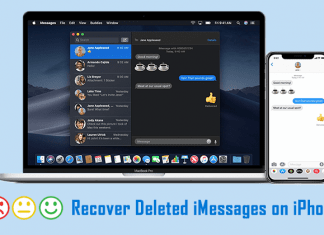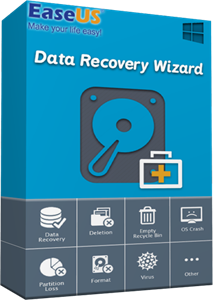If you suddenly miss your favourite photos, you do not have to panic: suitable data recovery software can retrieve them in many cases, and even the free products have good success rates.
The market for data recovery programs is at first glance, rather confusing. Internet research is fueling countless commercial and free products that promise to track down lost files. Among them are many smaller tools that have specialized in about the recovery of deleted photos a good selection offers here the hdd data recovery software.
For the comparison test, we picked out ten rescuers who seem particularly interesting to us because they can also conjure up other documents, such as edited Photoshop files on the hard disk. Not only do the tested products offer an undelete feature that uses existing file system structures to recover files, but they can also scan the hard drive’s raw data to track files using typical signatures.

This works even if the file system is no longer intact or the searched entries have already been overwritten (of course not the data itself). The raw data scan is always filed type-specific: the rescue program must be able to recognize a JPEG file at its file header and reconstruct it to its original size.
In any case, the most important rule is not to store any more data on the affected data medium. For example, if photos were accidentally deleted on a memory card, even the best software cannot fix anything once the files shared with the file system have been overwritten.
Practice drill
We confronted the programs with reproducible test cases, and thus, each felt a specific function on the tooth. In order to achieve comparable results, we have created conditions that are largely ideal for the tests, so that the rescue programs had a good chance of restoring the data.
The repertoire of most candidates includes an undelete function that can retrieve recently removed files whose file system entries are marked as deleted. In this way, the files should be reconstructed in their original greetings under their original name – provided their contents have not yet been overwritten.
With NTFS drives, this also works with fragmented files: The directory entry contains the complete “Run List”, the list of clusters in which associated content can be found. On FAT drives, on the other hand, you have bad cards to recover deleted files that were fragmented. Along with the FAT entry, it also deletes the list of clusters that belong to a particular file. Only if the file is in one piece on the disk, the chances of recovery are good, because in the directory entry is noted where it begins.
To put the undelete features to the test; you copied a folder with a colourful mix of test files onto two different drives, freshly formatted with NTFS and FAT32. With the tool FragExt, you convinced yourselves that the files were all not fragmented and then deleted the complete folder with Windows Explorer.
Even if files can be recovered using Undelete, that does not mean that their contents are intact. During testing, we repeatedly observed the phenomenon that the checksums of individual recovered files were no longer correct, but this could not be reliably reproduced. Obviously, Windows now and then writes unasked to the drives, what we tried to avoid during testing as possible.
